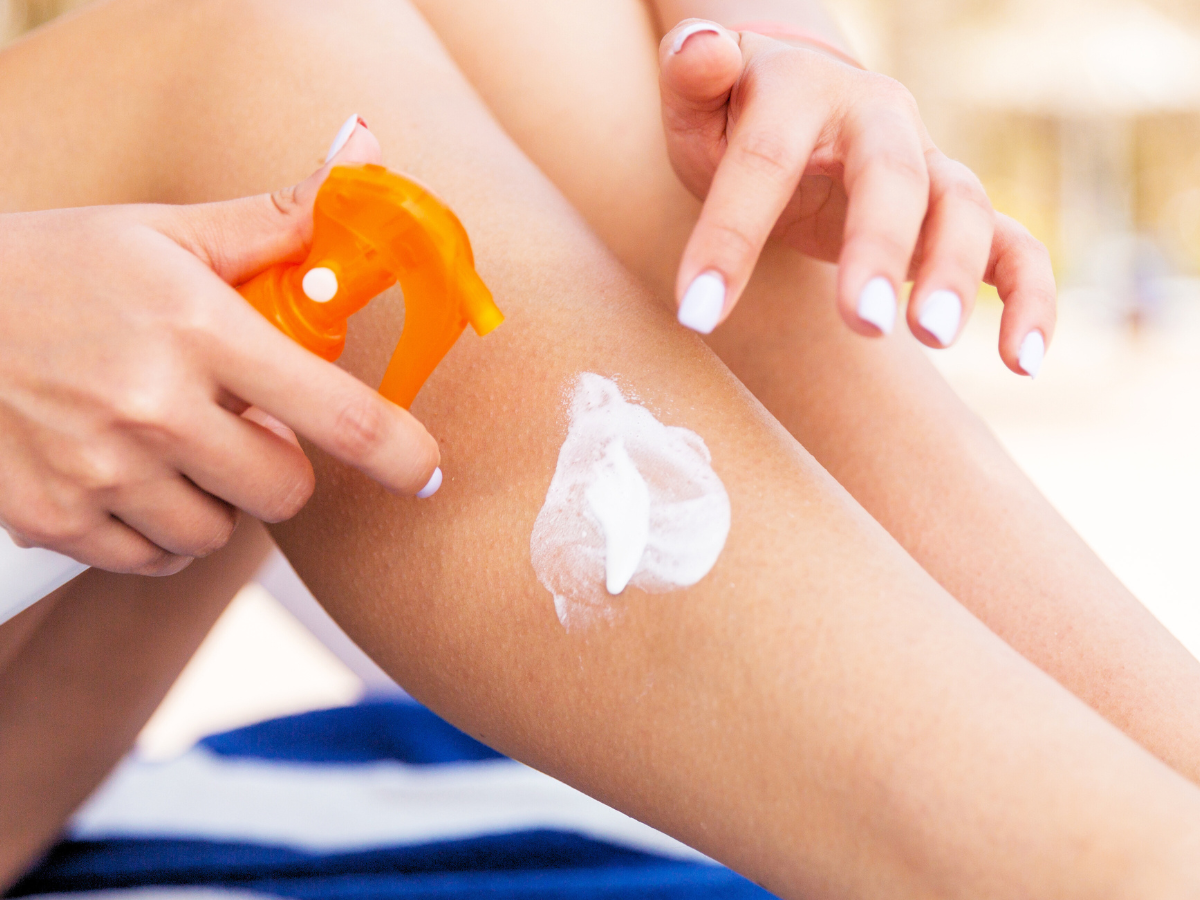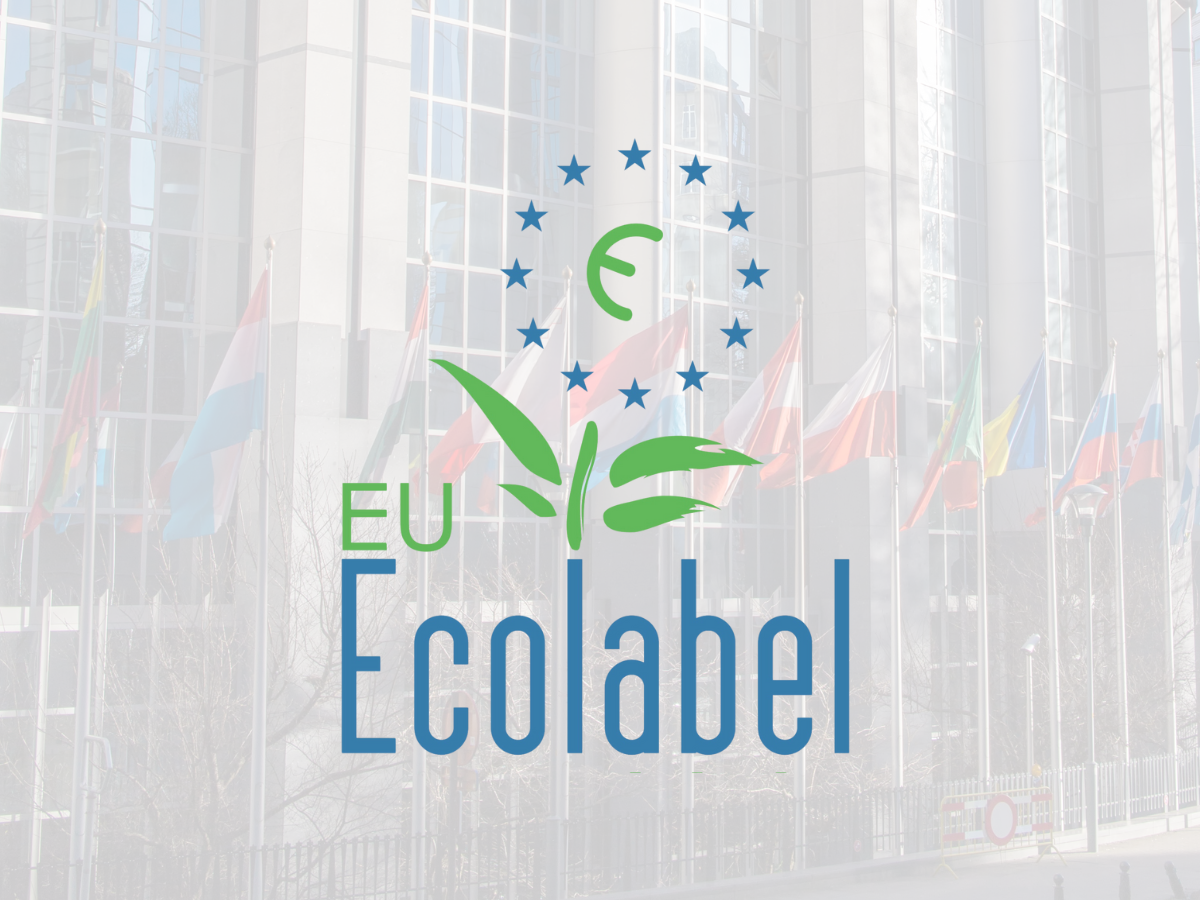EUDAMED is the IT system developed by the European Commission to implement Regulation (EU) 2017/745 on medical devices and Regulation (EU) 2017/746 on in vitro diagnosis medical devices.
The system database is multipurpose, interoperable and structured around 6 interconnected modules and a public website:
- Actor Registration – ACT
- Unique Device Identification/Devices Registration – UDI
- Notified Bodies and Certificates – CRF
- Clinical Investigations and Performance Studies – CIPS
- Vigilance and Post-Market Surveillance – VGL
- Market Surveillance – MSU
What is stored in the EUDAMED?
Module ACT – Actor Registration
This module allows actors – manufacturers, system & procedure pack producers, importers and EU authorised representatives – to register. When an economic operator has submitted its actor registration request, the selected relevant national competent authority issues the Actor ID/ Single Registration Number (SRN) generated by EUDAMED, after approving the registration request. Actors are clearly identified through the SRN. After registration and verification of the data provided, the actors will have access to EUDAMED.
Since the 1st December 2020 all actor information registered in EUDAMED are publicly available.
At the moment the European Commission is not in a position to require the use of the Actor registration module until EUDAMED is fully functional according to the Medical Device Regulation and additional national requirements on registrations can therefore not be excluded.
Module UDI – Unique Device Identification/Devices Registration
The UDI module contains all device-specific information. The UDI data is divided into BASIC UDI-DI and the UDI-DI. The BASIC UDI-DI serves to map all common properties of a product group. The UDI-DI contains only the product-specific information.
As an economic operator, you are responsible for managing all UDI attributes in your own company and transferring the data to EUDAMED.
Information on the registered Basic UDI-DI, UDI-DI and Device are publicly available.
Module CRF – Notified Bodies and Certificates
Certificates issued by Notified Bodies on Quality Management System and Conformity Assessment in accordance with MDR 2017/745 and IVDR 2017/746 are stored in this module. The module is used to enable communication between the Notified Bodies and to monitor the status of the consultation procedures for clinical evaluations.
Public access will be granted to the registration of certificates of conformity, their scope and validity period, as well as the reports of the Notified Bodies on the SSCP.
Module CIPS – Clinical Investigations and Performance Studies
This module will be used to manage clinical investigation and performance evaluation data. Besides, applications for clinical performance studies and trials can be submitted, as well as clinical follow-ups and post-market product changes and reports.
Clinical Investigation Registration, Clinical Investigation Results Reporting and Publication are accessible to the public. Clinical Investigation Application Documents will potentially be accessible by the public.
Module VGL – Vigilance and Post-Market Surveillance
Several reports can be submitted via the Vigilance Module: Periodic Safety Update Report (PSUR; Periodic Summary Reports (PSR) and Reporting of Serious Incidents and Field Safety Corrective Actions (FSCAs) and Field Safety Notices (FSNs). FSCAs are automatically distributed to the appropriate authorities after they are reported in the Vigilance Module.
Partial public access for manufacturer incident reports and Field Safety Notices.
Module MSU – Market Surveillance
This module is designed to facilitate cooperation and coordination between competent authorities of EU Member States.
Public may access the summary of the results of the reviews and assessments of the market surveillance activities.
What is the state of play of the implementation of EUDAMED?
The development and deployment of EUDAMED is progressing:
The module on Actor Registration (first module) went live in December 2020.
The module on UDI/Device Registration (second module) and the module on Notified Bodies and Certificates (third module) are available since October 2021 except for the mechanism for scrutiny and the clinical evaluation consultation procedure (CECP) functionalities.
The remaining three modules – Clinical Investigations and Performance Studies, Vigilance and Post-Market Surveillance and Market Surveillance – as well as the mechanism for scrutiny and the CECP will be launched when EUDAMED is fully operational in May 2022.
References: European Commission – Medical Devices – EUDAMED. Available at: https://ec.europa.eu/health/md_eudamed/overview_en















